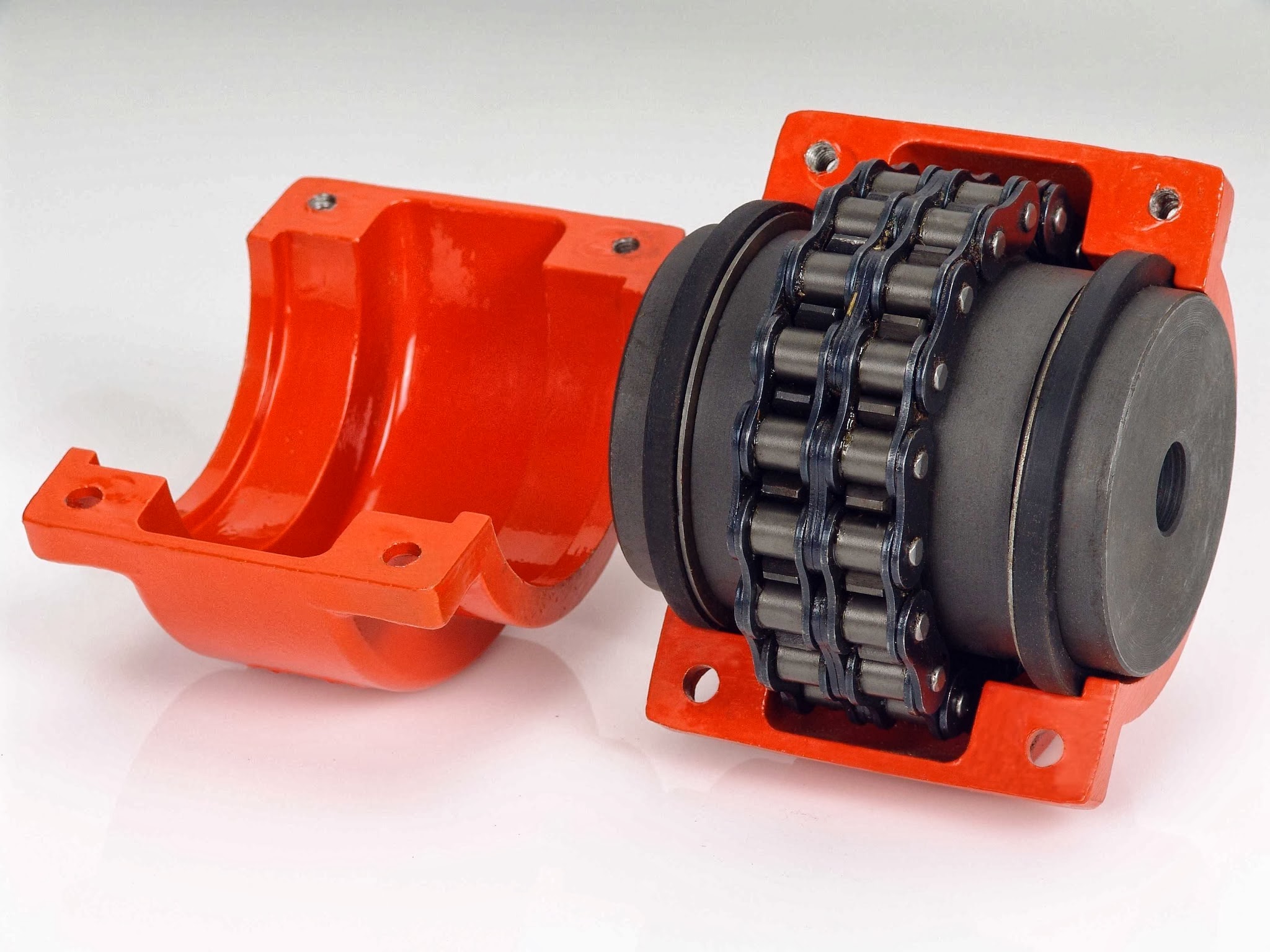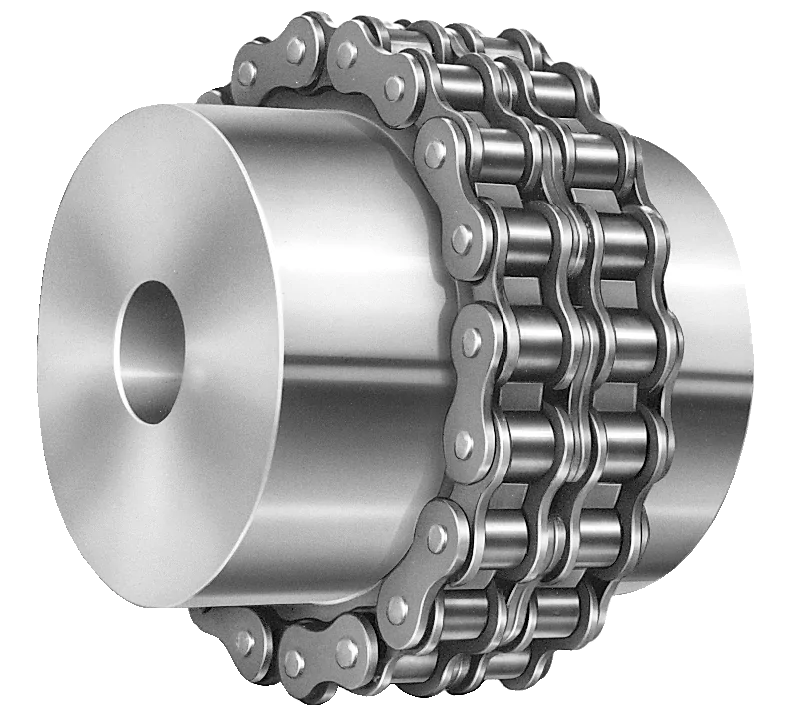Product Description
Al Storz Coupling, Fire Hose Coupling-Cap with Chain
Description:
Product name: Al Fire Hose Coupling-Cap with Chain
Casting Method: Gravity Casting or Sand Casting
Size: From DN25 (1″) to DN125(5″)
Material: Alumiunium A356-T6 (Heat Treated)
Seal: NBR, EPDM, FPM, PTFE
Thread: BSP
Surface Treatment: Sand-Blast
Advantages:
1. Boss: Our boss, Mr. John, has years of experience and technical background in operating hose couplings and specializing in the productions of hose coupling for many years.
2. Strict quality control and excellent after-sales services.
3. OEM&ODM is available.
4. Wide market all over the world
| Size | Part Number |
| 1″ | STC100 |
| 1-12″ | STC150 |
| 2 | STC200 |
| 2-1/2″ | STC250 |
| 3″ | STC300 |
| 4″ | STC400 |
| 5″ | STC500 |
TECHNICAL
APPLICATION
Quality Control of our products:
1.Serious raw material inspection.
2.Strict control over the entire manufacturing process.
3. Sampling of all the products after final inspection before shipment.
4.Quality trace after delivery.
Other Information Of Our Company:
Match-Light QC Team
Match-Light QC team consists of professional people to ensure 100% products high quality.
We highly appreciate your any enquiry by email, fax or instant message.
We will reply your email or fax within 18 hours.
Please feel free to call us at any time if there is any questions.
Transportation
All available shipping ways could be applied, by courier, air or sea.
Appointed shipping company or our own forwarders all could be used in shipment.
Full-way tracking the cargos for you before the goods arrive.
Global Market
Depending on advanced technology and CZPT service, we establish a good and
diligent team and keep nice business relationship with a large amount of worthy
clients in global market. We are prepared to provide the best products to clients
at competitive price. In addition to control of cost and quality, our stipulated lead
time, variety of designs, capability of product development and flexibility of service bring convenience and value added services to the clients.
Advantage
1 .We can guarantee the best material according to related quotation .
2.Testing is performed on each fitting before delivery.
3.All packages are adapt for shipment.
4.Material chemical composition is conformed with international standard and environment standard .
FAQ
1.Q:Could you please tell me about your company’s after-sale services?
A:Our company’s warranty is 12 months, we will deal with in time when you have technic issues or something else.
2.Q:What is your major market?
A:All over the world
3.Q:How about your payment way?
A: L/A,D/A,D/P,T/T, Western Union, MoneyGram. Now that our payment term is T/T.
4.Q:Are you OEM?
A:Yes,we are OEM.
5.Q;If your company can be customized?
A:Yes, we can according to customer’s drawing or sample.
6.Q: How to find the information of your company?
A: Click our company’s website
nbmatchlight
Contact:

How does the chain size affect the performance of a chain coupling?
The chain size has a significant impact on the performance of a chain coupling. The size of the chain refers to the physical dimensions of the roller chain used in the coupling, including the pitch, roller diameter, and width. Here are some key ways in which the chain size affects the performance of a chain coupling:
- Torque Capacity: The chain size directly affects the torque capacity of the chain coupling. Larger chain sizes are generally capable of transmitting higher torque loads due to their increased contact area and greater strength. Smaller chain sizes, on the other hand, have lower torque capacities and are suitable for applications with lighter torque requirements.
- Speed Capability: The chain size also influences the speed capability of the chain coupling. Larger chains can typically handle higher rotational speeds without experiencing issues such as excessive vibration or centrifugal forces. Smaller chain sizes may have limitations in terms of maximum allowable speeds and may not be suitable for high-speed applications.
- Service Life: The selection of an appropriate chain size is crucial for achieving the desired service life of the chain coupling. If the chain is undersized for the application, it may experience premature wear, fatigue, and ultimately fail under the operating conditions. Conversely, using an oversized chain may result in unnecessary costs, increased weight, and reduced efficiency.
- Space Constraints: The physical size of the chain can also impact the overall dimensions and installation requirements of the chain coupling. Larger chain sizes may require more space for proper installation, including clearance for the chain links and sprockets. In applications with limited space, choosing a smaller chain size may be necessary to ensure proper fit and operation.
- Compatibility: The chain size should be compatible with the sprockets and other components of the chain coupling. It is important to ensure that the chain and sprockets are designed to work together, with matching dimensions and tooth profiles. Using an incompatible chain size can lead to poor engagement, increased wear, and reduced overall performance.
When selecting the appropriate chain size for a chain coupling, it is essential to consider the specific requirements of the application, including torque, speed, space limitations, and compatibility with other components. Consulting the manufacturer’s recommendations and guidelines is crucial to ensure the optimal chain size selection for the desired performance, reliability, and longevity of the chain coupling.

How does misalignment affect chain couplings?
Misalignment in chain couplings can have detrimental effects on their performance and lifespan. Here are some ways in which misalignment can affect chain couplings:
- Increase in Load: Misalignment puts additional load on the coupling components. When the shafts connected by the coupling are not properly aligned, the coupling must compensate for the angular, parallel, or axial misalignment. This increased load can lead to excessive stress and premature wear on the coupling components, such as sprockets, roller chain, and connecting pins.
- Uneven Load Distribution: Misalignment can cause an uneven distribution of load across the coupling. As a result, some sections of the coupling experience higher stresses than others. This uneven load distribution can lead to localized wear and fatigue, reducing the overall strength and reliability of the coupling.
- Reduced Power Transmission: Misalignment affects the efficiency of power transmission through the coupling. When the shafts are not properly aligned, there is increased friction and slippage between the roller chain and the sprockets. This slippage reduces the amount of power transferred from one shaft to another, resulting in a loss of efficiency and a decrease in the overall performance of the machinery or equipment.
- Increased Wear: Misalignment can accelerate wear on the coupling components. The misalignment causes the roller chain to operate at an angle or with excessive tension, causing additional stress and wear on the chain links, sprocket teeth, and connecting pins. The increased wear can lead to chain elongation, loss of engagement with the sprockets, and ultimately, coupling failure.
- Noise and Vibration: Misalignment often results in increased noise and vibration during operation. The misaligned coupling generates additional vibrations and impacts, leading to excessive noise and potential damage to the coupling and surrounding equipment. These vibrations can also propagate through the connected machinery, affecting its overall performance and reliability.
To mitigate the negative effects of misalignment, it is crucial to ensure proper alignment of the shafts and the chain coupling during installation and periodically check and adjust the alignment as needed. Proper alignment minimizes stress on the coupling components, maximizes power transmission efficiency, and extends the service life of the chain coupling.

What is a chain coupling?
A chain coupling is a mechanical device used to connect two rotating shafts in a power transmission system. It consists of two sprockets or toothed wheels and a roller chain that meshes with the sprocket teeth. The sprockets are mounted on the respective shafts and linked together by the chain, allowing torque to be transmitted from one shaft to the other.
Chain couplings are designed to provide a flexible and reliable connection between shafts while accommodating misalignment between them. They are known for their ability to compensate for angular, parallel, and axial misalignments, making them suitable for a wide range of industrial applications.
The sprockets of a chain coupling typically have hardened teeth that engage with the rollers of the chain. The chain itself is made up of a series of interconnected links, each consisting of two plates joined by pins. The rollers are mounted on the pins, allowing them to rotate freely and mesh with the sprocket teeth.
One of the key advantages of chain couplings is their ability to transmit high torque loads. The engagement between the sprockets and the chain provides a positive drive, allowing for efficient power transfer even in demanding applications. Chain couplings are commonly used in heavy-duty machinery and equipment where large amounts of power need to be transferred, such as conveyors, mixers, crushers, and industrial drives.
Chain couplings also offer flexibility in shaft alignment. They can compensate for angular misalignment, which occurs when the shafts are not perfectly aligned at an angle. Additionally, they can accommodate parallel misalignment, where the shafts are offset from each other, as well as axial misalignment, which refers to the displacement along the axis of the shafts.
Proper lubrication is essential for the efficient operation and longevity of chain couplings. Lubricants such as oil or grease are applied to the chain and sprockets to reduce friction and wear. This helps to prevent heat buildup and ensures smooth rotation and power transmission.
Chain couplings are available in various sizes, configurations, and materials to suit different application requirements. The selection of a chain coupling depends on factors such as torque capacity, speed, shaft diameter, and misalignment tolerance.
In summary, chain couplings provide a flexible, reliable, and high-torque solution for connecting rotating shafts in power transmission systems. They offer the ability to compensate for misalignment, making them suitable for a wide range of industrial applications where efficient power transfer is crucial.


editor by CX 2023-08-10